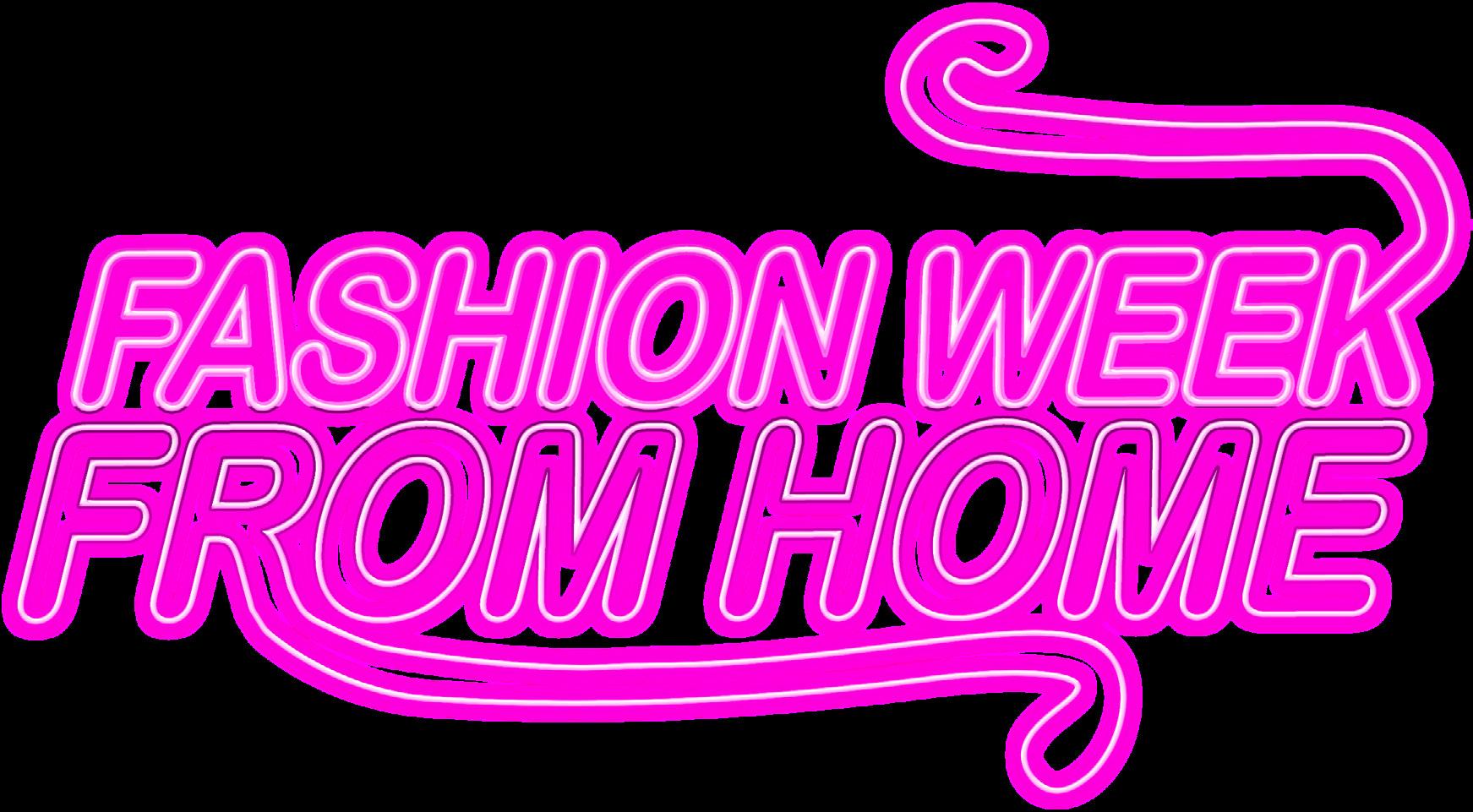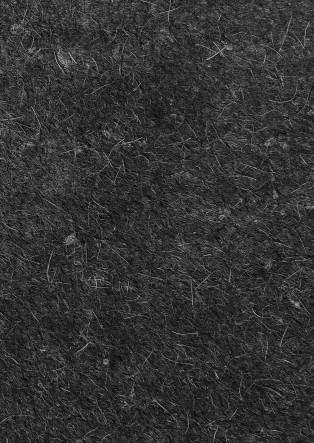
2 minute read
Fashion Week From Home
Clothing wields the power to speak and be heard. The clothes we wear are an homage to our lived experiences. To many people, fashion is the only instrument they have to share their emotions and tell their stories with full autonomy. Fashion is liberating because it empowers people to be loud and fully embrace their identities. Black, Indigenous, and people of color (BIPOC) use fashion to carve out their own authentic spaces in a culture that continuously permits exploitation, misrepresentation, and erasure by non-BIPOC. Fashion has been a medium of expression in movements throughout time. Clothing serves as iconography of the causes that underrepresented communities are fighting for. The power of the protestors’ uniforms makes their message more memorable and distinct. From the Black Panther activists who wore turtlenecks and berets in the 1960s to the marchers who wore brightly colored suits and elegant dresses for Black Lives Matter in 2020, clothing choices can echo the resilience and strength of the people while inspiring us to continue mobilizing for the future. This year is an example of how BIPOC fashion designers, mainly Black creators, have been at the forefront of the fashion industry because their art is a reflection of how powerful sselfrepresentation can be in creating culture.
WRITTEN BY ADINA MOBIN
Advertisement

Harlem’s Fashion Row (HFR) held a virtual event for New York Fashion Week in September that highlighted Black talent in fashion through pre-recorded videos and pre-produced runway scenarios. HFR leveraged the setbacks of COVID-19 and created a masterful celebration of Black excellence. The event’s theme was “Black is the New Black,” drawing attention to underrepresented or unacknowledged creators who have been significant influences for decades. This fashion show was a culmination of the artists’ life experiences and raw creativity. This past May, Hanifa launched a collection on Instagram Live with no models, only the garments draped over walking 3D figures. This digital show was unprecedented and visionary because of how innovative its delivery was. The designer, Anifa Mvuemba, says that she uses Instagram to promote her business. The Hanifa Instagram is a beautiful mosaic of Black and Brown women in Mvuemba’s luxury clothing. Mvuemba explains that when she started designing clothes, she was designing for herself. Now, she continues to design for women of color and for body types that are underrepresented in the fashion industry. Similarly, Rihanna’s clothing brand Savage X Fenty sent waves throughout the fashion industry because of how groundbreaking its most recent fashion show was in both its clothing and its models. The fashion show was released on Amazon Prime in October and featured a diverse array of models. The show has enjoyed a significant amount of praise because BIPOC models were equally represented, not tokenized. A wide range of body types were included as well. Rihanna’s show is an important step forward in the future of fashion and proves that the world of fashion can no longer be tolerant of homogeneity. The increasing visibility of marginalized populations in the fashion industry is a testament to the power of their original and creative art. Clothing is the vehicle for genuine self-expression, and BIPOC have utilized fashion to amplify their voices. BIPOC have redefined the boundaries of fashion in an evolving world while revolutionizing the way we imagine clothing and the way we perceive culture.










